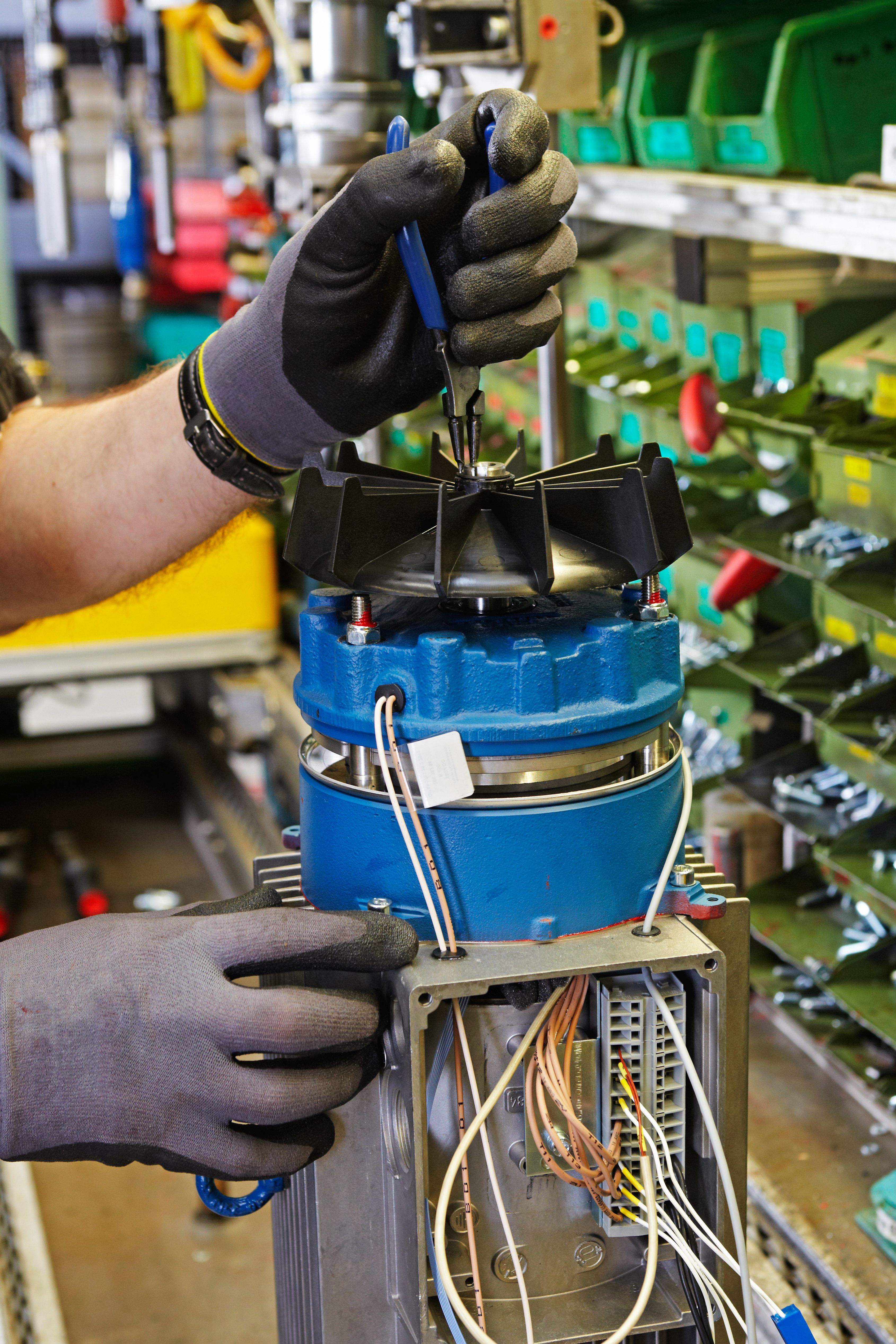Gripping safely - Which protective glove is the right one?
Occupational health and safety is not a burden
Fortunately, companies are becoming increasingly aware of the issues of occupational health and safety and prevention. This applies to possible risk factors and their consequences - but also to the quality of protective measures. In addition, it is no longer just employers' liability insurance associations and employee representatives who are promoting these issues in companies. More and more employers have recognised that occupational health and safety is not a necessary evil, but a natural part of their corporate responsibility. Especially when it comes to maintaining their own reputation as a responsible employer in the battle for skilled labour.
Increasing requirements in occupational health and safety
However, as awareness of potential hazards in everyday working life increases, so do the requirements: New work processes, standards and regulations, test methods, materials and new medical findings require companies and their occupational safety specialists to constantly develop their own concepts ... a time-consuming, cost-intensive process. This leads to the desire to outsource some of the tasks to specialists in a resource-saving manner. The time is ripe for services that enable companies to be efficient and legally compliant in occupational safety at all times.
Example: protective gloves
The need is particularly clear when it comes to the topic of protective gloves. If chemicals are used in companies, for example, protective gloves must always be used. Depending on the chemical, a specific type of glove is required. The relevant information on material and properties can be found in the respective safety data sheet. But which glove fulfils the individual requirements? How many alternatives are there and how do they differ? To what extent must the conditions at the workplace be taken into account?
Diverse risks in the workplace
The answer is not trivial, because a wrong decision has serious consequences. There is no need to immediately think of fatal injuries caused by hydrofluoric or hydrochloric acid - fortunately, these are isolated cases. Medium and long-term damage to health such as work-related skin diseases, the resulting costs for absences, possible increases in contributions to employers' liability insurance associations ... and also the loss of trust and damage to image are ultimately more serious. Because today, no one needs to work for a company that does not protect its employees.
the starting point for any service must therefore be an actual analysis of the current situation - and the results must be carefully recorded. Personal dialogue and the service provider's extensive experience are essential.
Another example of the right protective work gloves
During the final assembly of an electric motor, dexterity and a secure grip are essential, as the workpieces can be slippery due to the use of lubricants. The glove must therefore offer sensitivity and grip, while protecting the palms and fingertips from friction and lubricants, but also be breathable to enable prolonged work. The glove in the picture above is a good choice: light, air-permeable fine knit and a nitrile coating for a good grip fully fulfil the requirements. But perhaps the sizes that the purchasing department has been ordering for years no longer fit all employees?
Keeping an overview
Identifying and evaluating optimisation options and identifying alternatives is a complex task, even for specialist safety staff, and one that simply takes time. Time that must also be invested in all other jobs. In addition, it is also necessary to uncover potential cost savings, update glove plans and ensure optimum storage conditions. After all, these also have an influence on the protective and wear properties of gloves. Very few specialised safety personnel are able to carry out such a far-reaching target analysis in a cost-effective manner and with reliable results. They simply don't have the time in their day-to-day work. In addition to the aforementioned risks of misjudgements, there are also economic considerations.
More security through documentation
But even if the analysis does not identify any deficiencies, no additional hazards are identified and the short-term optimisation potential is limited, companies still benefit from the service: the complete documentation gives all employees involved in occupational health and safety greater security. The safety specialist can be sure that they have done the best possible to protect their colleagues. With comprehensible documentation, they also have a reliable basis for the future to keep the area of safety gloves always up to date.
For an optimum overview, we at WERO create individual glove plans for each workplace as part of such a service, but according to a standardised template for the entire company. This means that employees in assembly or material processing are always optimally informed about the necessary protection. This transparency also provides security for the purchasing department. Instead of having to laboriously collate all the information, it is clear at a glance which gloves are required for which work area and in what quantities. The company as a whole gains legal certainty, as it can prove that all standards, regulations and special features have been taken into account when selecting the protective gloves.
Think holistically
It is important that the individual components of the service - from the ACTUAL/SOLL analysis to the recommendation and documentation - are linked intelligently, comprehensibly and transparently. Traceability and transparency create trust. An intelligent structure, in turn, means that the service provider can easily start at any point in its service in order to adapt the service immediately in the event of changes to customer processes or new standards. After all, the right protective gloves can only be selected if the required information is up to date. Today, a digital basis is also essential in occupational safety in order to manage information easily. On site, however, the expertise and experience of the specialist consultant is still decisive. Both together result in an optimal service.

